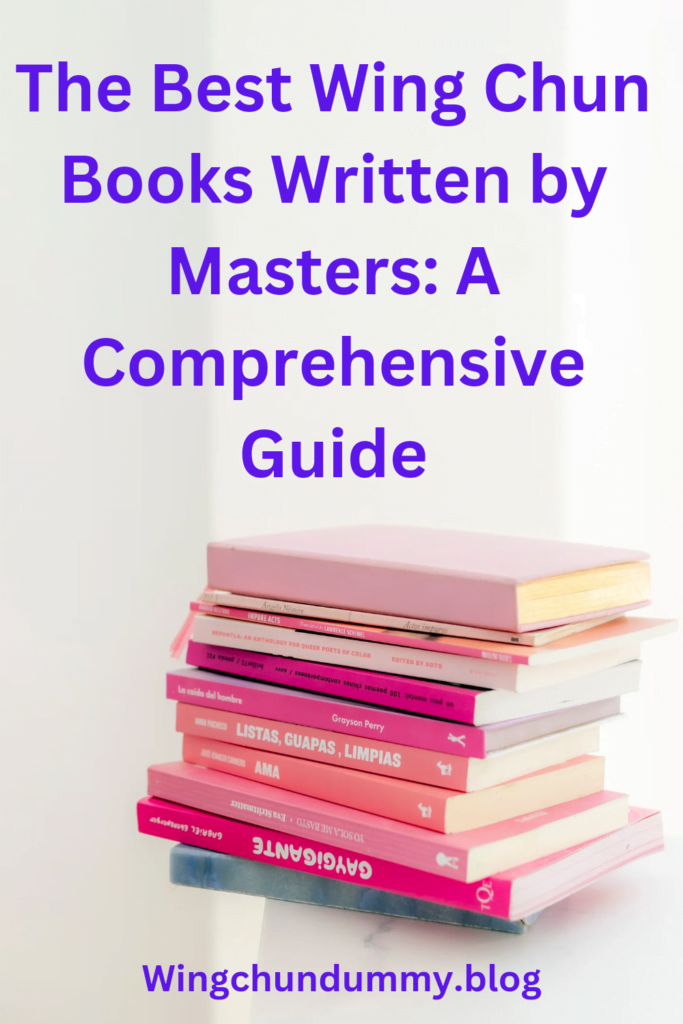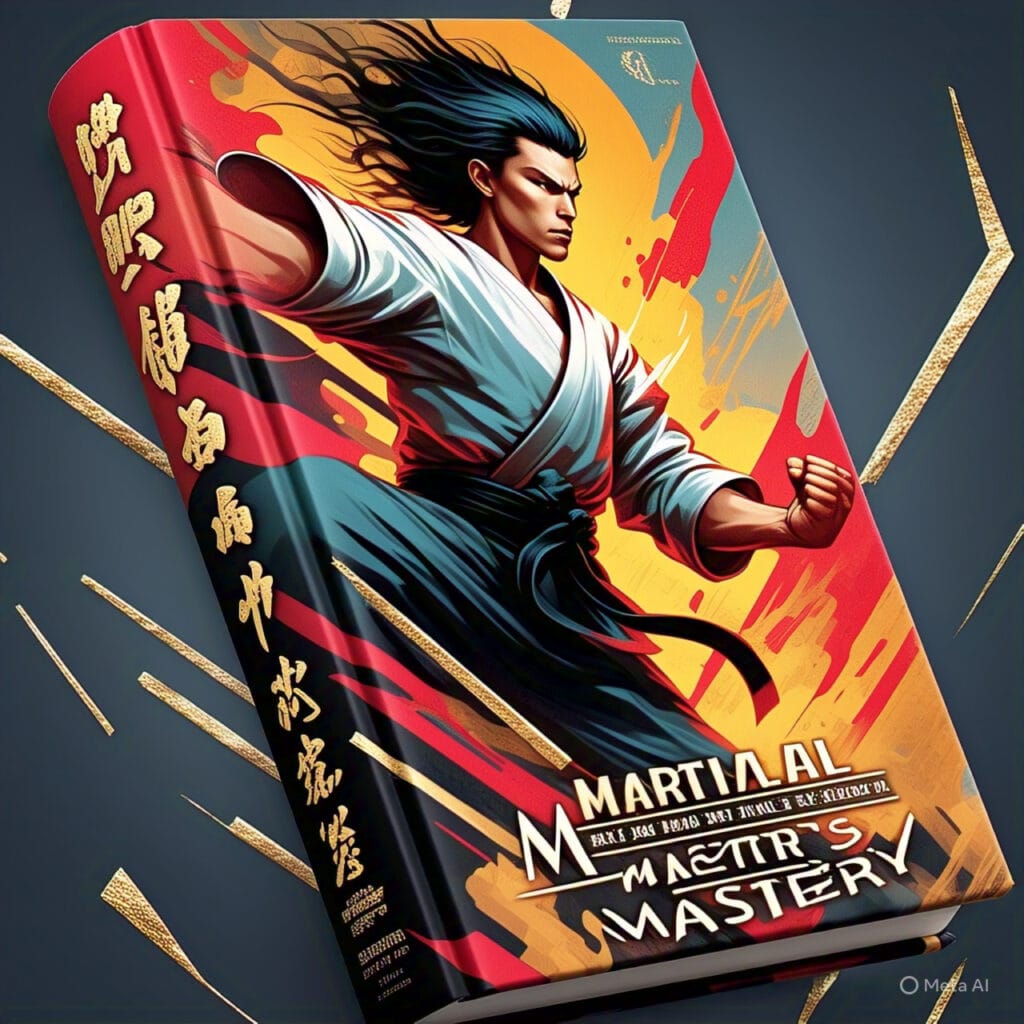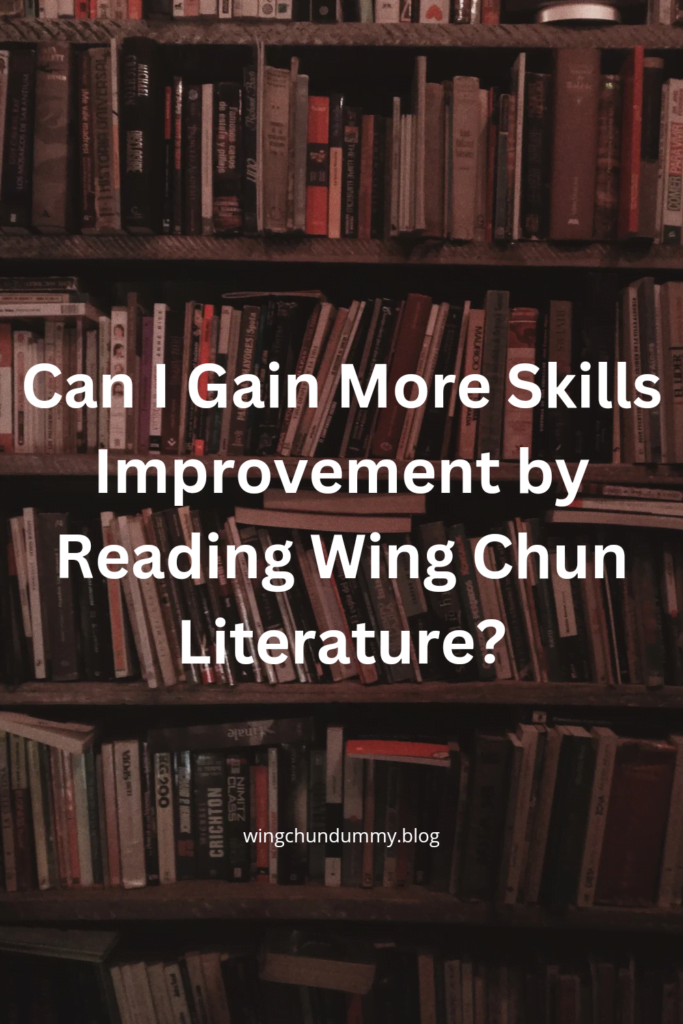Wing Chun, a traditional Southern Chinese martial art, has carved a unique niche in the world of self-defense and combat sports.
Known for its efficiency, directness, and economy of motion, Wing Chun focuses on close-range combat.
Leveraging techniques such as chain punches, trapping, and simultaneous attack and defense.
Its development is attributed to the legendary martial artist Ip Man, whose teachings have profoundly influenced the martial art community worldwide.
As practitioners strive to master Wing Chun, the role of literary works becomes indispensable in preserving and propagating its rich heritage.
The written legacy of Wing Chun encompasses a vast array of books authored by esteemed masters.
These texts not only elucidate the intricate techniques and philosophies of Wing Chun but also provide historical context and cultural insights.
For practitioners, these books serve as essential guides, offering detailed explanations and instructions that can be revisited time and again.
Furthermore, they act as bridges connecting generations of martial artists, ensuring that the knowledge and wisdom of past masters continue to inspire and educate future enthusiasts.
Books written by Wing Chun masters are more than mere instructional manuals; they are repositories of a martial art’s legacy.
They document the evolution of Wing Chun, tracing its journey from the temples of Southern China to the global stage.
The insights and personal anecdotes shared by these masters provide readers with an intimate understanding of not only the techniques but also the underlying principles that govern Wing Chun.
Such literary works are invaluable for anyone seeking a comprehensive understanding of this martial art, whether they are seasoned practitioners or curious newcomers.
In essence, the literary contributions of Wing Chun masters play a pivotal role in sustaining the art’s vitality.
They ensure that the teachings of Wing Chun remain accessible and relevant, offering timeless wisdom that transcends geographical and generational boundaries.
As we delve into the best Wing Chun books written by these masters.
We gain access to a treasure trove of knowledge that continues to shape and inspire the practice of Wing Chun across the globe.
When delving into the realm of Wing Chun, one must begin with the classic works penned by the early masters.
These foundational texts are invaluable, offering insights into the traditional principles and techniques that have shaped the art form over time.
Among the most notable figures is Ip Man, whose contributions to Wing Chun are both profound and far-reaching.
Ip Man’s Contributions
Ip Man is often regarded as the father of modern Wing Chun.
His teachings and written works have played a pivotal role in both preserving and proliferating this martial art.
One of his most influential texts is “The Wing Chun Compendium,” a comprehensive guide that delves into the intricacies of Wing Chun techniques, forms, and applications.
This book serves as a cornerstone for practitioners, providing a thorough understanding of the art’s foundational elements.
Another significant work attributed to Ip Man is “Wing Chun Kuen Kuit.”
This collection of proverbs and maxims encapsulates the philosophical underpinnings of Wing Chun.
Each saying offers a glimpse into the strategic thinking and mental discipline required to master the art.
These texts not only document the physical techniques but also emphasize the importance of mental and spiritual development in martial arts practice.
Historical Context and Core Principles
The historical context during which these early masters wrote their texts cannot be overlooked.
Wing Chun was developed during a time of social upheaval and conflict in southern China.
The need for a practical and efficient system of self-defense was paramount, and the early masters responded by creating a martial art that was both adaptable and effective.
Their writings reflect this necessity, focusing on principles such as economy of movement, centerline theory, and simultaneous attack and defense.
These core principles are evident throughout the seminal works of Wing Chun’s early masters.
Economy of movement, for example, stresses the importance of minimizing unnecessary actions, allowing practitioners to execute techniques swiftly and efficiently.
Centerline theory, another fundamental concept, emphasizes controlling the central axis of one’s body and the opponent’s, creating a strategic advantage in combat situations.
Lastly, the principle of simultaneous attack and defense highlights the duality of Wing Chun techniques, enabling practitioners to defend and counterattack in a single, fluid motion.
Through their writings, the early masters of Wing Chun have provided a solid foundation for future generations.
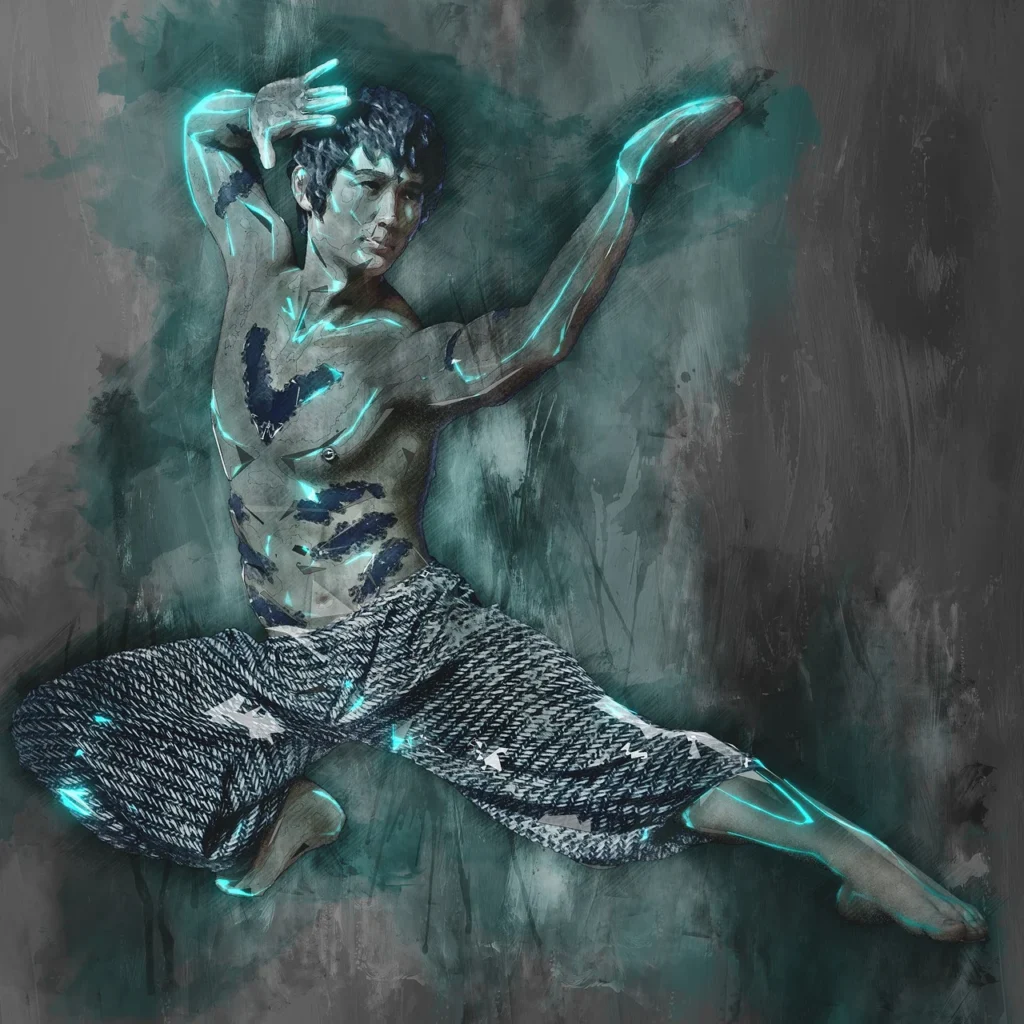
Their seminal works continue to be essential resources for anyone seeking to understand and master this intricate martial art.
Modern Interpretations and Innovations
In the dynamic world of martial arts, Wing Chun has continued to evolve, thanks to the efforts of contemporary masters who have expanded upon the traditional foundations.
These modern interpretations and innovations bring fresh insights, making the art more accessible and adaptable to the current era.
Among the noteworthy contributors are authors who have effectively bridged the gap between classical teachings and contemporary practice, enriching Wing Chun literature with their distinctive perspectives and methodologies.
One prominent contemporary master is Wong Shun Leung, whose extensive experience and teaching have left an indelible mark on Wing Chun.
His book, “Wing Chun: The Science of In-Fighting,” delves into the scientific principles underlying the techniques, offering a pragmatic approach that emphasizes efficiency and effectiveness.
Wong’s work has been instrumental in demystifying the art, making it more comprehensible for modern practitioners.
Another influential figure is Ip Ching, the son of the legendary Ip Man.
Ip Ching’s contributions, including his book “Ip Man Wing Chun:
The Legacy,” provide invaluable insights into the direct lineage of Wing Chun.
His writings preserve the traditional elements while also addressing contemporary training methods, ensuring that the art remains relevant and practical in today’s context.
Additionally, Samuel Kwok has emerged as a significant contemporary author with books like “Mastering Wing Chun.”
Kwok’s approach is comprehensive, covering both the foundational forms and advanced applications.
His work is particularly noted for its clarity and thoroughness, making it a vital resource for both beginners and seasoned practitioners.
These modern authors have not only preserved the essence of Wing Chun but have also introduced innovative practices that reflect the changing needs of martial artists today.
Their contributions ensure that Wing Chun continues to thrive, adapting to new challenges while staying true to its core principles.
Through their books, they offer a blend of tradition and innovation, making Wing Chun a living, evolving martial art.
The Role of Illustrations and Diagrams
Illustrations and diagrams play a crucial role in Wing Chun books.
Greatly enhancing the reader’s ability to grasp intricate techniques and concepts.
The visual aids present in these texts serve as indispensable tools for both novice and seasoned practitioners.
Bridging the gap between theoretical knowledge and practical application.
In classic Wing Chun texts, such as Ip Man’s seminal works.
Detailed sketches meticulously depict stances, strikes, and defensive movements.
These illustrations not only provide a visual reference but also help in breaking down complex sequences into manageable steps.
For instance, the “Siu Nim Tao” form is often accompanied by detailed diagrams that guide the learner through each motion.
Ensuring correct posture and precise execution.
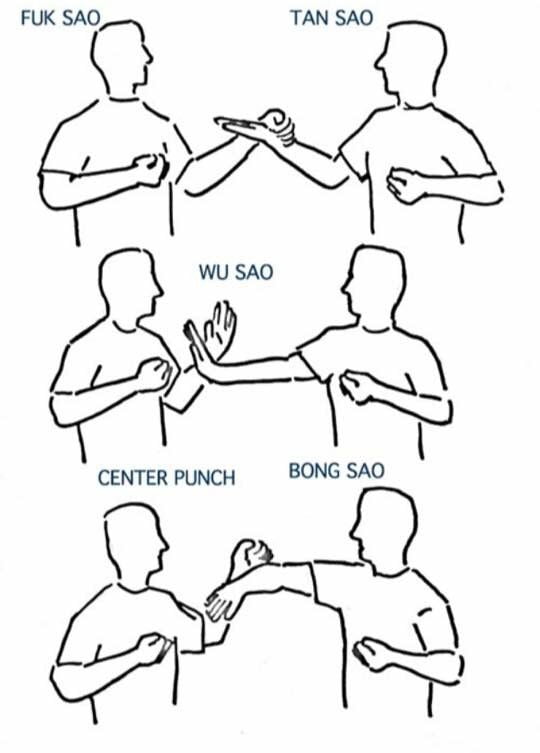
Modern Wing Chun books have further advanced the use of visual aids by incorporating high-quality photographs and digital diagrams.
These contemporary resources often feature step-by-step photographic sequences that capture the fluidity and nuance of Wing Chun techniques.
For example, in “Wing Chun Compendium” by Wayne Belonoha.
The author uses a combination of photos and diagrams to convey the dynamics of movements like the “Chain Punch” and “Bong Sau.”
Such visual clarity helps students understand the subtleties of weight distribution and angle alignment.
Which are pivotal for effective practice.
Additionally, diagrams in Wing Chun literature often include annotations that highlight key points of focus.
Such as the direction of force or the position of the centerline.
These annotations are invaluable for learners.
Providing insights that might be overlooked in textual descriptions alone.
Books like “The Tao of Wing Chun” by John Little and Danny Xuan exemplify this approach.
Using annotated diagrams to explain the underlying principles of Wing Chun’s unique defensive and offensive strategies.

In summary, the integration of illustrations and diagrams in Wing Chun books is essential for conveying the complex.
Dynamic nature of martial arts techniques.
These visual aids not only enhance comprehension but also ensure that practitioners can accurately and effectively translate written instructions into physical practice.
Whether through classic sketches or modern photographic sequences.
The importance of visual representation in Wing Chun literature cannot be overstated.
Biographical Works and Personal Narratives
Biographical works and personal narratives are essential for understanding the profound impact of Wing Chun masters on the art’s development and dissemination.
These books offer an intimate glimpse into the lives, philosophies, and methodologies of the masters.
Providing readers with a richer, more nuanced perspective of Wing Chun.
One notable biographical work is “Wing Chun:
The Biography of Yip Man” by Ip Ching and Ron Heimberger.
This book delves into the life of Yip Man, widely regarded as the modern patriarch of Wing Chun.
Through personal anecdotes and historical accounts.
The authors shed light on Yip Man’s journey from his early years in Foshan to his legendary status in Hong Kong.
This biographical narrative not only chronicles Yip Man’s life but also illuminates the principles and techniques that he championed.
Another significant contribution to Wing Chun literature is “The Tao of Wing Chun:
The History and Principles of China’s Most Explosive Martial Art” by John Little and Danny Xuan.
This book offers a blend of historical context and personal insights.
Drawn from the experiences of the authors and their interactions with various Wing Chun masters.
The narrative weaves together the art’s origins, philosophical underpinnings.
And practical applications, making it a comprehensive resource for both practitioners and enthusiasts.
Personal narratives such as “Wing Chun Warrior:
The True Tales of Wing Chun Kung Fu Master Duncan Leung” by David Peterson provide firsthand accounts of training and living the Wing Chun way of life.

This book recounts the experiences of Duncan Leung.
A direct student of Yip Man, and his adventures in mastering and teaching Wing Chun.
The vivid storytelling and practical lessons embedded in the narrative make it a compelling read for those seeking inspiration and deeper understanding.
These biographical works and personal narratives are invaluable for anyone looking to gain a deeper appreciation of Wing Chun.
They offer not just historical and technical knowledge.
But also a window into the spirit and dedication of the masters who have shaped this martial art.
Through these stories, readers can connect more profoundly with the essence of Wing Chun.
Enriching their practice and appreciation of this dynamic martial art.
Technical Manuals and Training Guides
When exploring the realm of Wing Chun, one cannot overlook the importance of technical manuals and training guides authored by distinguished masters.
These books not only serve as essential resources for practitioners but also offer a window into the nuanced methodologies and philosophies that underpin this martial art.
Among the plethora of instructional texts available.
Several stand out for their detailed approach and practical applications.
One such seminal work is “The Wing Chun Compendium” by Wayne Belonoha.
This comprehensive guide offers an in-depth look at Wing Chun techniques.
Providing step-by-step instructions that are invaluable for both beginners and advanced practitioners.
Belonoha’s meticulous breakdown of movements and forms, coupled with illustrative diagrams.
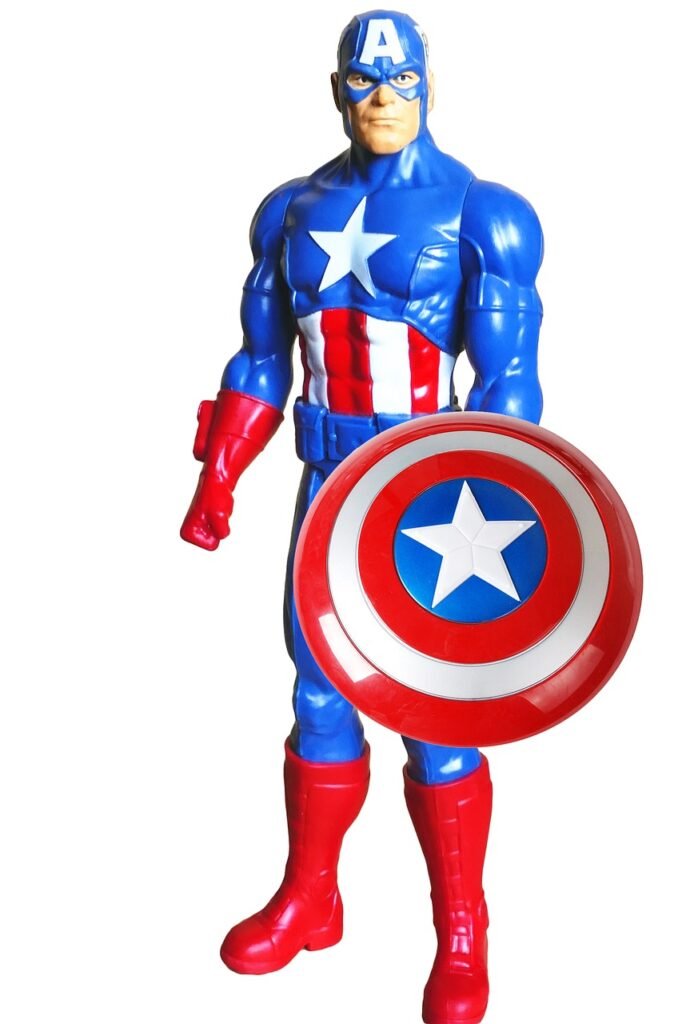
Ensures that readers can follow along with clarity and precision.
Another cornerstone in the Wing Chun literary world is “Wing Chun Kung Fu:
Traditional Chinese Kung Fu for Self-Defense and Health” by Ip Chun and Michael Tse.
This book delves into the foundational forms of Wing Chun, with a particular emphasis on the practical applications of each technique.
Ip Chun, the son of the legendary Ip Man, brings a unique blend of historical context and modern-day relevance to his teachings.
Making this guide a must-have for serious students of the art.
Additionally, “Complete Wing Chun: The Definitive Guide to Wing Chun’s History and Traditions” by Robert Chu, Rene Ritchie, and Y.
Wu offers a comprehensive examination of various Wing Chun lineages.
This book stands out for its comparative approach.
Providing readers with insights into the different styles and interpretations practiced by various masters.
It serves as both a historical document and a technical manual.
Bridging the gap between tradition and contemporary practice.
In practical terms, these books are more than just instructional texts.
They are essential companions on the journey of mastering Wing Chun.
Whether you are looking to refine your techniques, understand the theoretical underpinnings, or explore the historical context.
These manuals offer a wealth of knowledge that is both accessible and profound.
By integrating these resources into your training regimen.
You can gain a deeper appreciation and a more robust understanding of this intricate martial art.
Philosophical and Theoretical Works
When delving into the philosophical and theoretical underpinnings of Wing Chun.
It becomes evident that this martial art is not merely about physical combat but also embodies a rich tapestry of mental and spiritual elements.
Among the most influential texts in this category is “Wing Chun Compendium” by Wayne Belonoha.
This book offers invaluable insights into the principles of efficiency, Directness.
And simplicity that govern Wing Chun practice.
Through a series of essays and reflections.
Belonoha elucidates how the mind, body, and spirit work in unison to achieve harmony and effectiveness in martial applications.
Another seminal work is “The Tao of Wing Chun” by John Little and Danny Xuan, which explores the spiritual dimensions of Wing Chun.
Borrowing heavily from Taoist philosophy, this book provides a comprehensive understanding of how internal energy (Qi) and mental focus contribute to martial prowess.
The authors delve into the concept of Yin and Yang.
illustrating how balance and adaptability are paramount in both combat scenarios and everyday life.
“Wing Chun: Traditional Chinese Kung Fu for Self-Defense and Health” by Ip Chun and Michael Tse is another cornerstone text that offers a blend of practical instruction and theoretical insight.
The book emphasizes the importance of mental discipline and emotional control, elements that are often overshadowed by the physical techniques.
Ip Chun, son of the legendary Ip Man, brings a unique perspective.
Connecting historical context with modern-day application.
Lastly, “The Essence of Wing Chun” by Robert Chu, Rene Ritchie, and Y.
Wu, delves into the scientific and philosophical aspects of Wing Chun.
This work is particularly notable for its methodical approach in breaking down the art’s principles.
Covering topics such as body mechanics, structure, and the concept of ‘receiving’ energy.
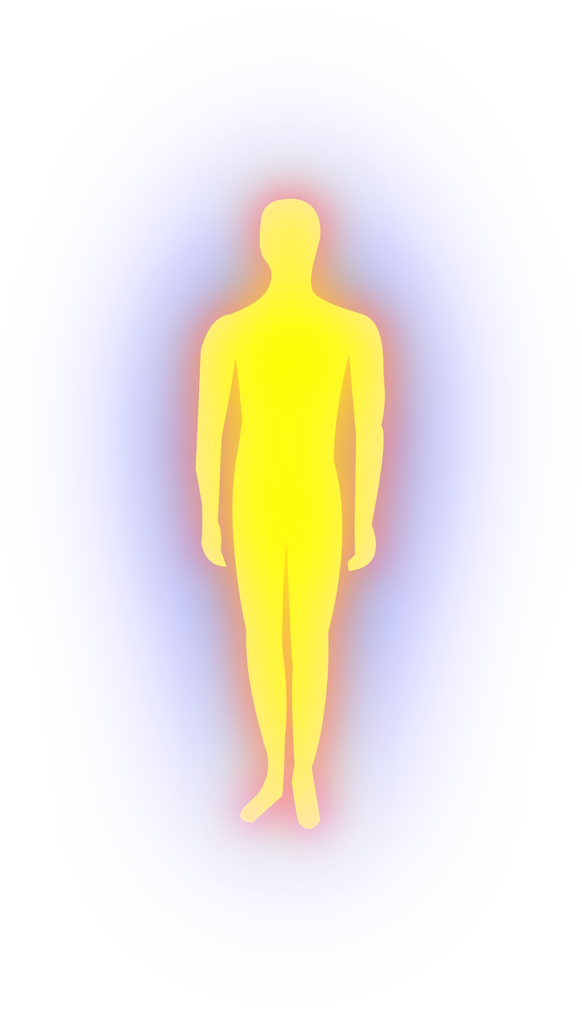
The authors argue that understanding these underlying theories is crucial for mastering the physical techniques.
In summary, these philosophical and theoretical works provide a comprehensive understanding of the mental and spiritual dimensions of Wing Chun.
They offer invaluable perspectives that enrich one’s practice.
Making them essential reading for anyone serious about mastering this nuanced martial art.
Conclusion: The Enduring Influence of Wing Chun Literature
The significance of Wing Chun books authored by masters cannot be overstated.
These texts serve as invaluable repositories of knowledge.
Preserving the rich heritage and nuanced techniques of Wing Chun for both current practitioners and future generations.
The wisdom encapsulated within these pages offers not only technical guidance but also philosophical insights that are integral to mastering the art form.
Through these meticulously written works, masters of Wing Chun provide an accessible means for students to deepen their understanding and refine their skills.
Whether you are a novice just beginning your journey or a seasoned practitioner looking to expand your repertoire.
These books present a wealth of information that can be revisited time and again.
The enduring influence of Wing Chun literature lies in its ability to offer timeless lessons and foster continuous growth.
Moreover, these texts bridge the gap between traditional teachings and modern application.
Ensuring that the principles of Wing Chun remain relevant and adaptable in an ever-changing world.
The integration of historical context with practical advice enables readers to appreciate the art’s evolution and its adaptability to contemporary challenges.
This dual focus on tradition and innovation makes Wing Chun literature a vital resource for anyone committed to the discipline.
To further immerse yourself in the world of Wing Chun literature.
Consider exploring various formats beyond traditional books.
Online forums, digital publications, and instructional videos can complement your reading and provide a multi-faceted approach to learning.
Engaging with a community of like-minded individuals can also enhance your understanding and appreciation of the art.
In conclusion, the legacy of Wing Chun masters.
Immortalized through their writings, continues to inspire and educate.
Their contributions not only safeguard the art’s principles but also ensure its growth and adaptation for future generations.
By delving into these works, you embark on a journey that extends beyond physical practice.
Enriching your comprehension of Wing Chun’s profound and enduring legacy.
Watch the full movie for inspiration

